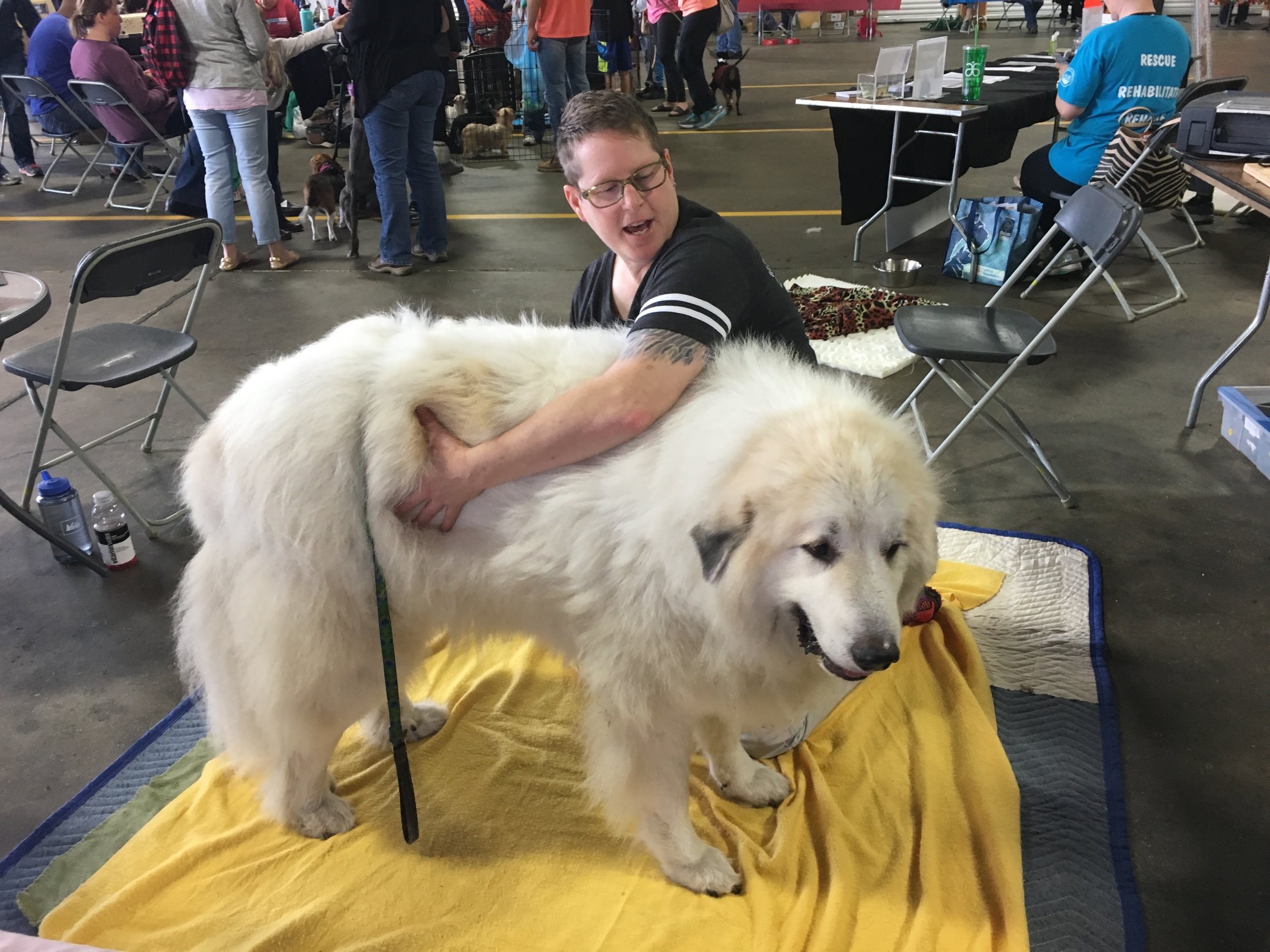


why massage
You know your pet — simply looking at their face, into their eyes, watching how they carry themselves — you know their emotional state. When you notice changes in your pet’s posture, gait, muscle tone or vocalization, your pet is telling you things may not be quite right.
Massage is a wonderful complement to regular veterinary care; it should never be used as a substitute. If your pet has an acute or chronic condition, please see your veterinarian first. I will then work as a part of your pet’s care team to speed recovery and help regain function using massage and passive range of motion.
Change
Trust and stability are key factors in the wellbeing of your pet, when changes in life occur our pets feel the effect and may cause anxiety and behavior issues for your pet. The use of massage during these stressful times can help ease the disruption and distress that you and your pet may be experiencing.
Run. Hike. Pull. Swim.
Activities that require your pet to be in peak condition demand proper training, nutrition and preventive care. As with human athletes, preparation is key — stretching and warming-up muscles before and after is necessary to muscle and ligament health.
Things Happen
A misjudged jump from window sill to bed, a collision with a wall chasing a ball, a bad landing because dogs don’t land as well as cats do! From a minor injury to surgery, massage is a wonderful modality. Integrating massage with their aftercare plan, can help speed the recovery time and reduce risk of further injury.
Massage can also offer relief when your pet is suffering from physical trauma, autoimmune, chronic and acute diseases, hip and elbow dysplasia. Specifically massage helps ease stiffness, soreness, imbalanced movement, arthritic conditions, and post-surgical rehabilitation.
